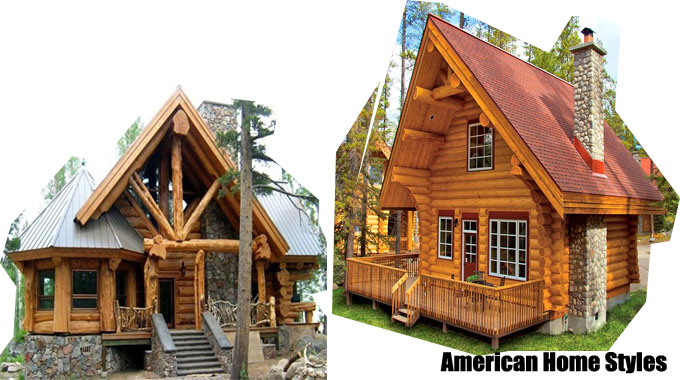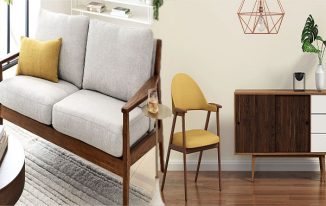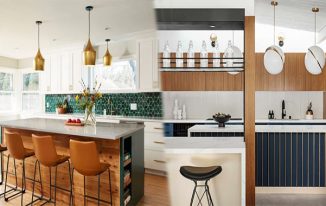Log homes come in a wide variety of styles, lots of of them vernacular, or distinct to their area. Vernacular designs are these that evolved in offered locations resulting from traditions in building, accessible supplies, climate as well as other factors. Understanding vernacular architecture can help you determine what style of the household to develop. You do not must comply with the traditions of the location, nevertheless, it may be valuable to know why log homes look different in different parts of the nation.
American log home styles may be roughly divided into Eastern and Western. Eastern types consist of Appalachian, Adirondack, and Early American. Appalachian log homes are usually mountain cabins discovered within the Southern and Southeastern United States. Adirondack houses are the sort discovered inside the upstate New York mountains. And Early American houses, found all more than the East Coast, evoke the colonial era.
Appalachian-style houses give a connection to the outdoor landscape. They generally have extended, covered porches. Some are built about dogtrots, where two smaller log buildings are connected by a roof with an open space, or possibly a “dogtrot,” in between.
Adirondack style houses look like wealthy camp cabins. The original Adirondack cabins were opulent and grand, emphasizing the use of natural materials. The handcrafted logs utilized to build them are round with intersecting corners. Occasionally, compact logs, twigs, and branches are used as pillars, railings, and mantelpieces. Adirondack houses generally have porches, either open or screened, and gable roofs with dormers. Lots of original Adirondack homes had been built inside the Arts and Crafts style, with heavy, squared off doorways and banisters.
Early American style residences had been quaint and rustic, ordinarily featuring square logs with light chinking displaying in among. Often, new Early American-style log houses are created from salvaged logs from old cabins or barns. These properties tend to be boxy in shape and very simple in design. The homes are modest and have rooflines of simple dormers or plain eaves. Roofs are wood-shingle or metal, and windows have rectangular grids dividing them into smaller panes. Old, salvaged doors and hardware may be utilized to complete the look of an Early American-style log home.
Western-style is what most people envision because of the standard log dwelling. The three major forms, which are the ranch house, mountain home, and Southwestern-style home.
The ranch residence is equivalent to what the Western pioneers built, made of stacked round logs with dovetail notches to connect them. Ranch style log houses are rugged and fundamental, and they could hold a crowd. Normally, they may be single-story homes with lengthy roofs and horizontal lines, producing them well suited to flat land. The homes are large, welcoming, and communal, generally featuring wraparound porches.
Mountain-style residences inside the West are created from massive, handcrafted logs comparable to those from the Adirondack style. They are inclined to look like Alpine hunting lodges, with steep, heavy roofs and shallow porches. Normally, there are many massive windows, normally grouped, to maximize the mountain views.
Southwestern log homes are commonly built with log beams and adobe. The roofs are created of ceramic tiles, either flat or shallowly pitched. Most Southwestern-style houses show heavy Spanish influence, with wrought iron railings, carved doors, and central courtyard spaces.
Ultimately, Mission or Arts and Crafts style, popularized by Frank Lloyd Wright, appears in each Eastern and Western log properties. Square logs and tall, narrow windows characterize this style. Asian motifs, natural materials, and hand-made hardware are significant to this style of residence.














